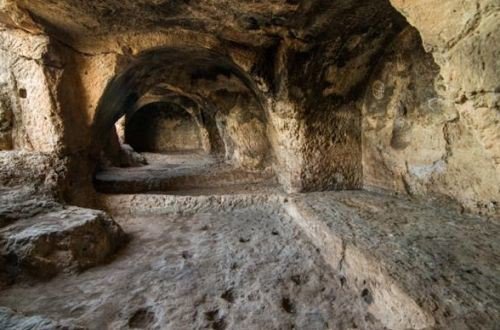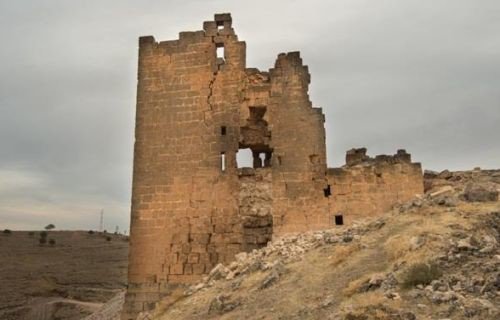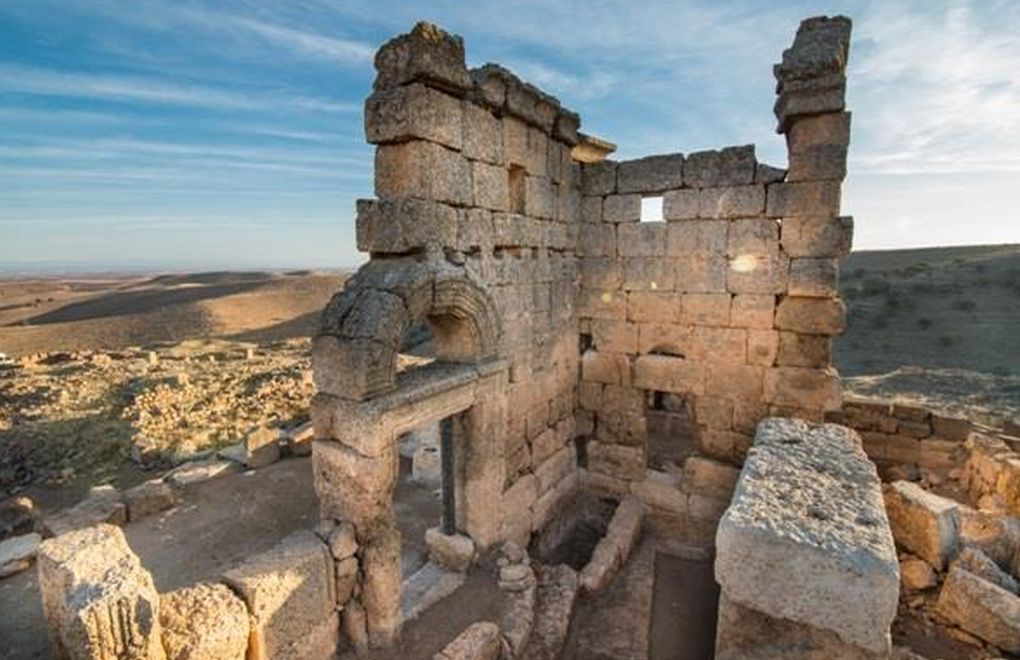Click to read the article in Turkish / Kurdish
Diyarbakır Promotion, Culture and Solidarity Foundation (DİTAV) Chair Erhan Akalınlar has raised awareness about the importance of the Zerzevan Castle amid ongoing archeological excavations.
Located some 45 kilometers from Turkey's Kurdish-majority southeastern province of Diyarbakır and situated on a 912-meter-high hill in Çınar district, the Zerzevan Castle and its surrounding area have been on the UNESCO's Tentative List of World Heritage Sites for two years.
Amid excavations for the past seven years, the Zerzevan Castle is awaiting to be listed among the UNESCO World Heritage Sites.
Making a statement against this background, DİTAV Chair Erhan Akalınlar has underlined that despite the COVID-19 pandemic, the Zerzevan Castle and the Mithras Temple inside the castle have received thousands of visitors from around the world in two years.
DİTAV has declared 2022 "the Zerzevan Year".

It was in 2020 when the Zerzevan Castle and the Mithras Temple were added to the UNESCO's Tentative List of World Heritage Sites. Akalınlar believes that they will also be added to the permanent list:
"So, we invite prominent people with powerful representation and institutions with a sense of responsibility to Zerzevan. There is a serious need for sensitivity about Zerzevan and for laying claim to it. We, as DİTAV, want to promote the Zerzevan Castle and its values to the world.
Cities do not and should not say, 'I exist, I am here' only with its culinary culture or industrial-commercial presentation. What it has left behind from the past, from history... This is perhaps what is worthy of being understood. For this reason, we declare to the world one more time: May the year 2022 be the year of Zerzevan.
About the Zerzevan Castle

Zerzevan Castle, with its architecture and style, is regarded as one of the "best-preserved" Roman garrisons of the world, according to UNESCO. The hinterland of the castle once formed the extreme borders of the empire in the east and witnessed struggles of top-tier powers of the era in their pursuit to dominate the region in terms of economy, politics and military.
The wall ruins scale up to 15 meters in height and 1,200 in width in the complex which used to contain watchtowers, church, administrative building, depots for weapons and grain, shelters, graves, and rock tombs.
As excavations continue in the historical site, one of the most significant findings was the Mithraeum (Mithras) -- temple used by the followers of an ancient Roman mystery religion. Scores of people have begun to flock to the historical area after unearthing the Mithraeum.
Apart from its Roman history, the area also has the traces of the Assyrians from the 880 BC, as it has been unearthed during excavations. (AS/SD)




